Slobot About Town L:
 |
 |
Buildings of Yore.
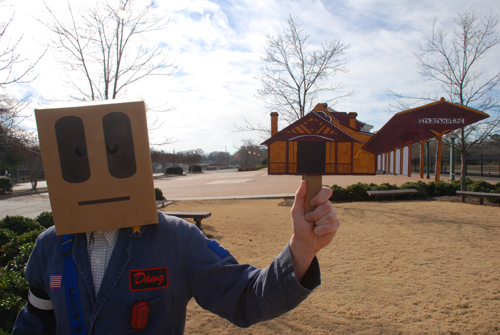
The Union Depot was built in 1904.
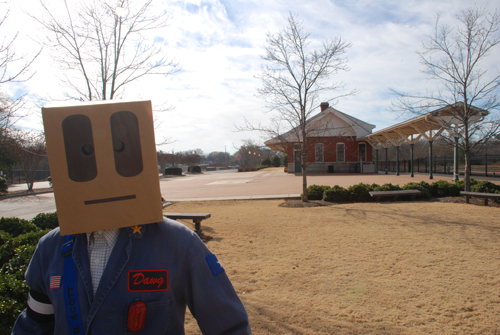
In 1973 2/3rds of the original Union Depot was
demolished. The remaining 1/3rd stands to this day. |
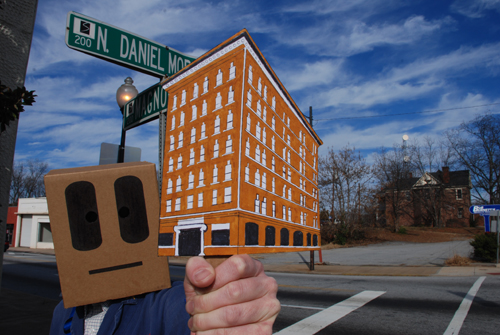
The Gresham Hotel was built in 1910 at the corner
of N. Daniel Morgan Avenue and Magnolia Street, conveniently close
to the Union Depot. At 7 stories it was the tallest wooden-framed
building in Spartanburg. It had 100 rooms, 70% of which had private
baths. In its later years it was known as the Morgan Hotel. |

It was razed in 1986.
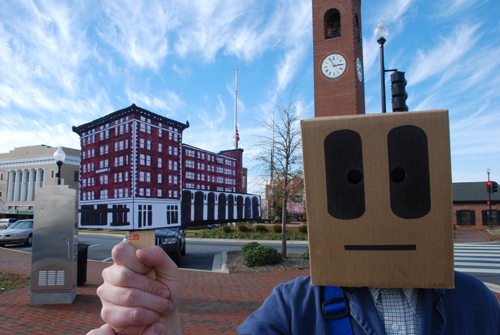
The Cleveland Hotel was built in 1915 on property
belonging to John B. Cleveland. |
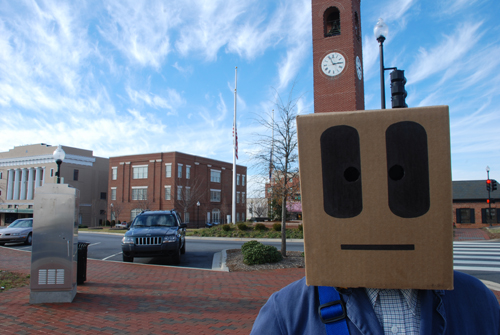
It would open in 1917 and would be demolished in 1992.
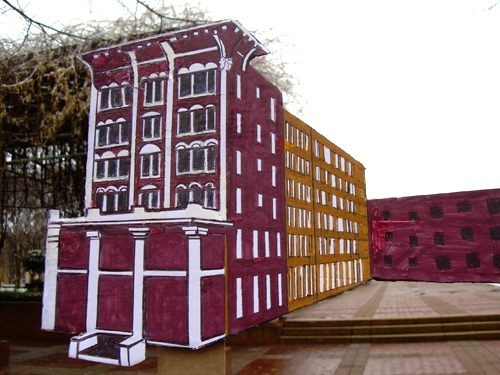
The Hotel Franklin was the result of the expansion
of the Finch Hotel which faced Liberty Street. The Finch Hotel was
originally built in 1914. In the 1920s the Finch would expand in a
L-shaped fashion and create a new entrance on Main Street. |
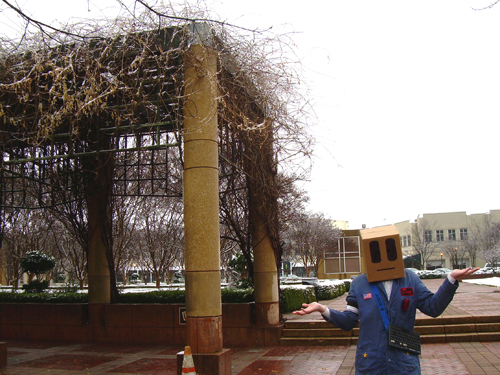
Shortly thereafter ownership of the Finch changed
and the hotel would became known as the Hotel Franklin. When Betty
Grable came to Camp Croft during WWII she stayed at the Hotel Franklin.
The Liberty Street portion of the hotel would be demolished in the
1960s. The Hotel Franklin would eventually be demolished in 1988 to
make way for the Spartan Food tower. |
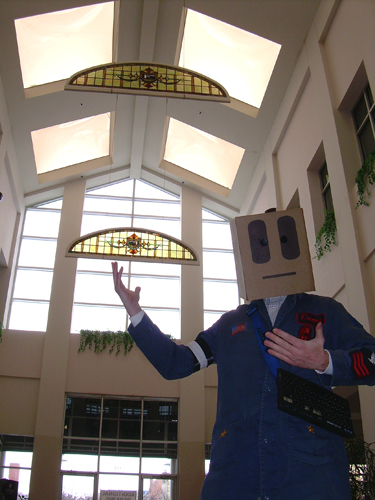
Some of the windows of the old Finch/Franklin live on...

in the Broadwalk building on Broad Street.
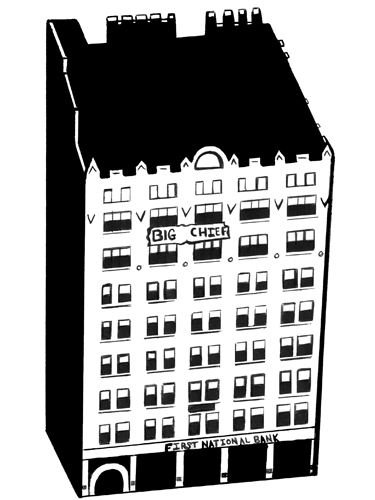
The Chapman Building was built in 1912 by a New
York businessman with the surname of Chapman. A classic example of
the Chicago style of architecture, it was designed by Julius Harder
of New York and was Spartanburg's first skyscraper. In 1922 the Chapman
Building was sold to Isaac Andrews and A. M. Law and then renamed
the Andrews-Law Building. In 1926, Andrews bought out Law and the
building became known as the Andrews Building. 8 stories tall, the
first floor was initially occupied by a ladies' store called the "Quality
Shop." In the 1920s the Central National Bank moved into the
first floor. During the Depression of 1929/1930 the bank had to close
though, later, the Commercial National Bank moved into the same location.
As the Schuyler Building, the Archibald Rutledge Building and the
Montgomery Building were built the Andrews Building found its stature
on the Spartanburg skyline diminished. The final, and sole occupant,
of the Andrews Building was the First National Bank. In 1977 it was
decided that the building would be razed to make way for a new $30
million development known as Spartan Square. Demolition was scheduled
for 8 am on Sunday October 09, 1977. |
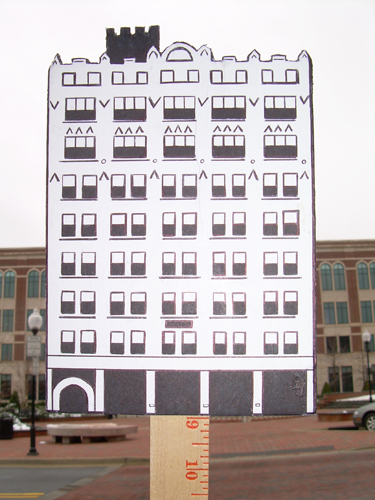
On October 8th a demolition crew working for Big
Chief Contractors and Thompkins and Co. of Oklahoma City worked to
ready the building for implosion. The Andrews Building was structurally
weakened by the demolition company to ease demolition. Of the 42 columns
supporting the building, all but 7 had been cut or partially cut by
Big Chief. |
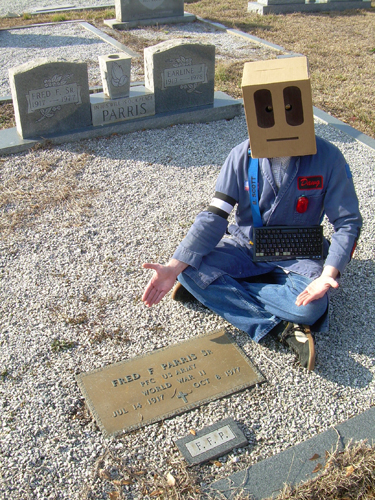
The stability of the building, however, was overestimated
and at 11:30 am on Saturday October 08, 1977 the Andrews Building
suddenly collapsed. A large section of the building fell off the top
of the building at first. The rear portion then gave way and then
the front began to crumble. 10 seconds later the building had been
reduced to a 40-foot pile of rubble. |
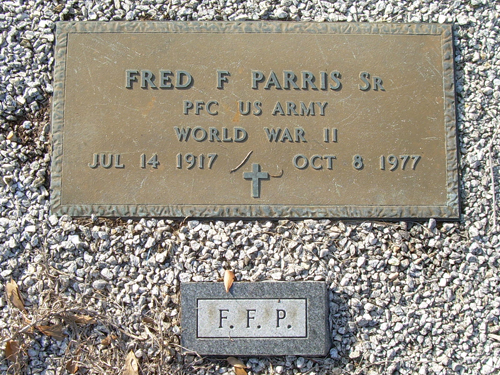
Killed in the collapse were James A. Gillespie,
53, a City of Spartanburg project liaison officer, Jack Deutsch, 48,
Big Chief project foreman, Dennis Collins, 23, a Big Chief construction
employee, J. F. Russell, 48, explosives demolition worker with Tompkins
and Co. of Oklahoma City, and Fred Parris, 61, construction worker.
The sole survivor of the disaster was Joe Durham of Drayton. The last
words of Jack Deutsch were reportedly, "Lord, God, it's falling."
Fred F. Parris rests in eternal peace in the Holly Springs Baptist
Church Cemetery. |
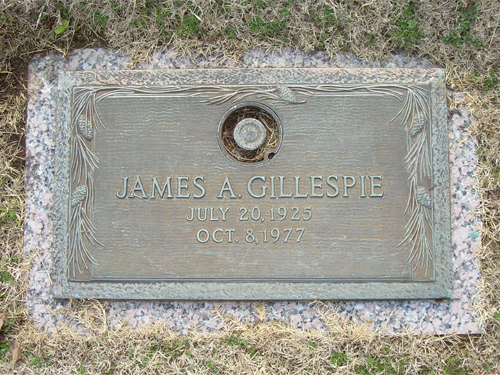
James A. Gillespie was laid to rest in Greenlawn Memorial Gardens.
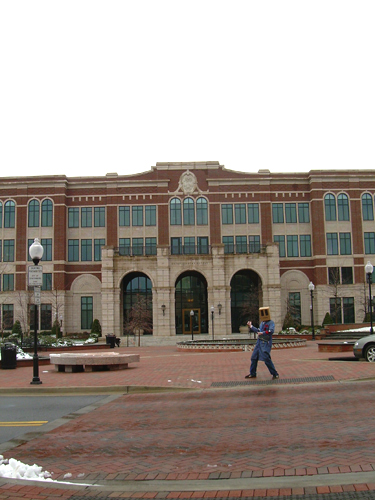
Today the site of the former Andrews Building
is occupied by Extended Stay America. |
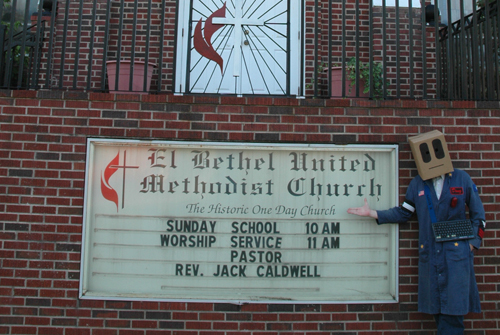
At the corner of Church and Crescent Streets one
can find El Bethel United Methodist Church. |
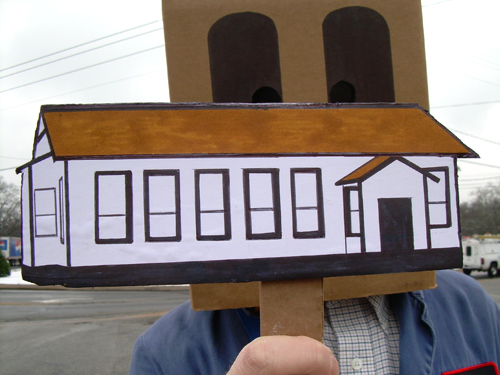
El Bethel is known as the "One Day Church"
because its original structure was built over the course of a single
day, May 1st, 1912. |
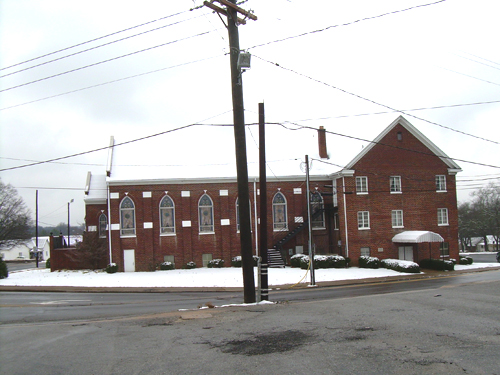
In the 1950s the former structure was replaced by a modern brick building.
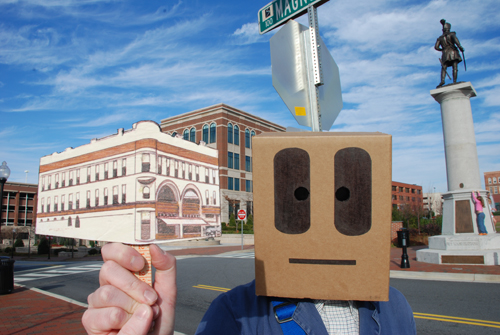
The Duncan Building once stood at the corner of
Magnolia and East Main. In 1905, the True's Department Store was opened
in the Duncan Building. |
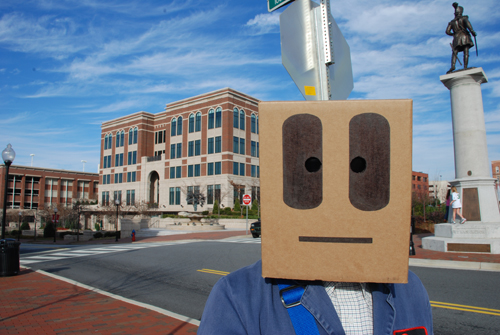
True's is said to have had the first elevator in Spartanburg.
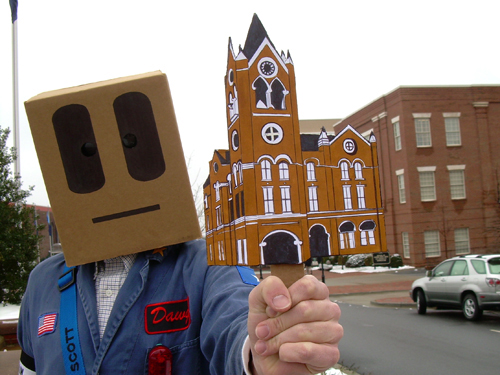
On December 02, 1880 the Spartanburg City Council
purchased a $966.02 clock from the Seth Thomas Clock Company to install
in its first city hall. The city hall was completed late in 1880 at
a cost of $8,900. The city hall held city offices, a guardhouse and
a post office on its ground floor and a 700-seat theatre on its second.
The building, in time, would come be known as "The Opera House"
for its second floor theatre. Perched atop the Opera House's tower
was the Seth Thomas clock and, below it, a 1,200-pound bell that sounded
the hour and the alarm in the event of a fire. |
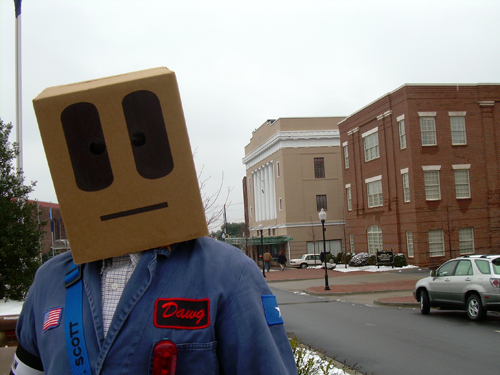
In 1906 the Opera House was sold. It would be
demolished in 1907. In 1928 the Masonic Temple would be built on the
site. |

Luckily the clock and bell were transferred to
Spartanburg's Fourth County Courthouse, which had been built on Magnolia
Street in 1891. It was designed in a Romanesque style by Godfrey Norman.
Behind Slobot's head stands the Spartanburg's fifth, and current,
courthouse (built in 1957). |
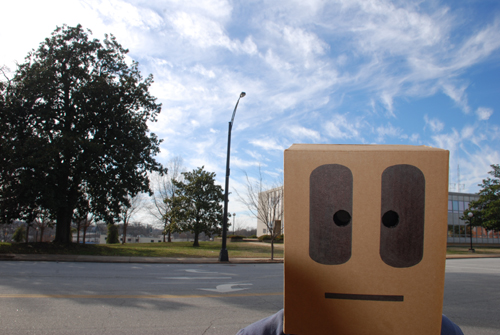
The Fourth County Courthouse would be demolished
in 1958. The clock and bell would be mothballed for the next two decades. |
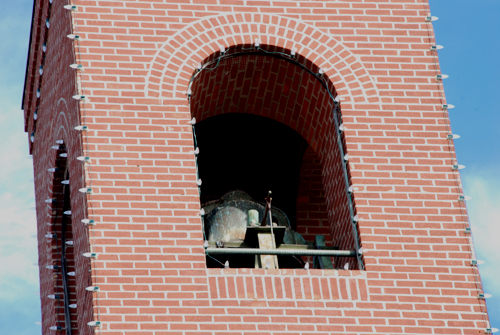
As 1976 approached Spartanburg's Bicentennial
Committee began discussing the resurrection of the old clock and bell.
A bell tower was constructed to hold the clock and the bell and, by
1979, the bell was again sounding the hour. In 1989 the clock tower,
which had been the centerpiece of the ill-fated downtown pedestrian
mall, was relocated to its current position in order to open downtown
once more to traffic. |

It continues to chime the time in downtown Spartanburg.
